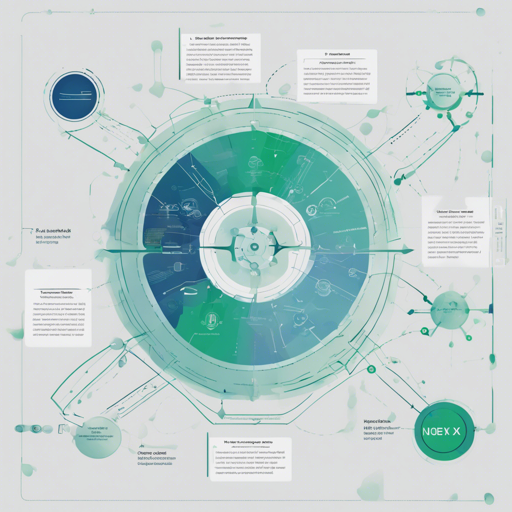Welcome aboard the BoAT-X Framework! If you’re ready to set sail into the world of blockchain and IoT, you’ve come to the right place. In this guide, we will explore how to implement the BoAT-X Framework effectively, ensuring that your IoT devices can seamlessly interact with blockchain technology.
What is the BoAT-X Framework?
The BoAT-X Framework stands for *Blockchain of AI Things* and is designed specifically for IoT applications. It features various essential components that allow IoT devices to access and interact with blockchain services. Essentially, it’s like a vessel (the boat) that transfers trustworthy information from your IoT sensors to a secure data environment (the data lake).
Key Components of the BoAT-X Framework
- BoAT-Engine: This is the lightweight blockchain client SDK specifically for IoT devices, allowing them to act like wallets.
- BoAT-Anchor: Under development, this will function as a blockchain gateway relaying transactions between IoT devices and blockchain networks.
- BoAT-Mast: Also in development, it will be a key management system, ensuring that data comes from verified and registered IoT devices.
How to Get Started
To set your course with the BoAT-X Framework, you’ll want to follow these steps:
- Install the BoAT-Engine SDK: Download it from the official GitHub repository.
- Integrate with IoT Devices: Utilize the BoAT-Engine APIs to connect your devices with the blockchain. This can be done in two ways: Direct Approach or Indirect Approach.
Direct Approach
In this method, an IoT device sends data directly to the blockchain. It calls the BoAT-Engine API to send data hashes, which consumers can later verify.
// Example of Direct Approach Code
data_hash = BoAT_Engine_SendData(data);
validate_data(data_hash);Indirect Approach
For devices that don’t have direct access to the blockchain, the device sends its signature to an intermediate edge gateway, which relays the signature to the blockchain.
// Example of Indirect Approach Code
signature = BoAT_Engine_SignData(data);
gateway.send_signature(signature);Understanding the Code: An Analogy
Imagine your IoT device is like a ship trying to deliver precious cargo (data) to a secure port (the blockchain). In the Direct Approach, the ship sails straight to the port. In the Indirect Approach, the ship stops by an intermediate dock (the edge gateway), where it checks in and then sends the cargo to the secure port. Each method has its advantages depending on the ship’s capabilities, but both ensure the cargo reaches its destination safely and securely.
Troubleshooting Tips
If you encounter any issues while working with the BoAT-X Framework, consider the following troubleshooting strategies:
- Check the API documentation for any potential changes or updates.
- Verify that your device is configured correctly to communicate with the blockchain.
- Inspect your network settings to ensure there are no IP restrictions interfering with connectivity.
For more insights, updates, or to collaborate on AI development projects, stay connected with fxis.ai.
Conclusion
With the BoAT-X Framework, you can empower your IoT devices to interact with blockchain technology, establishing trust and reliability in the data they generate. At fxis.ai, we believe that such advancements are crucial for the future of AI, as they enable more comprehensive and effective solutions. Our team is continually exploring new methodologies to push the envelope in artificial intelligence, ensuring that our clients benefit from the latest technological innovations.

